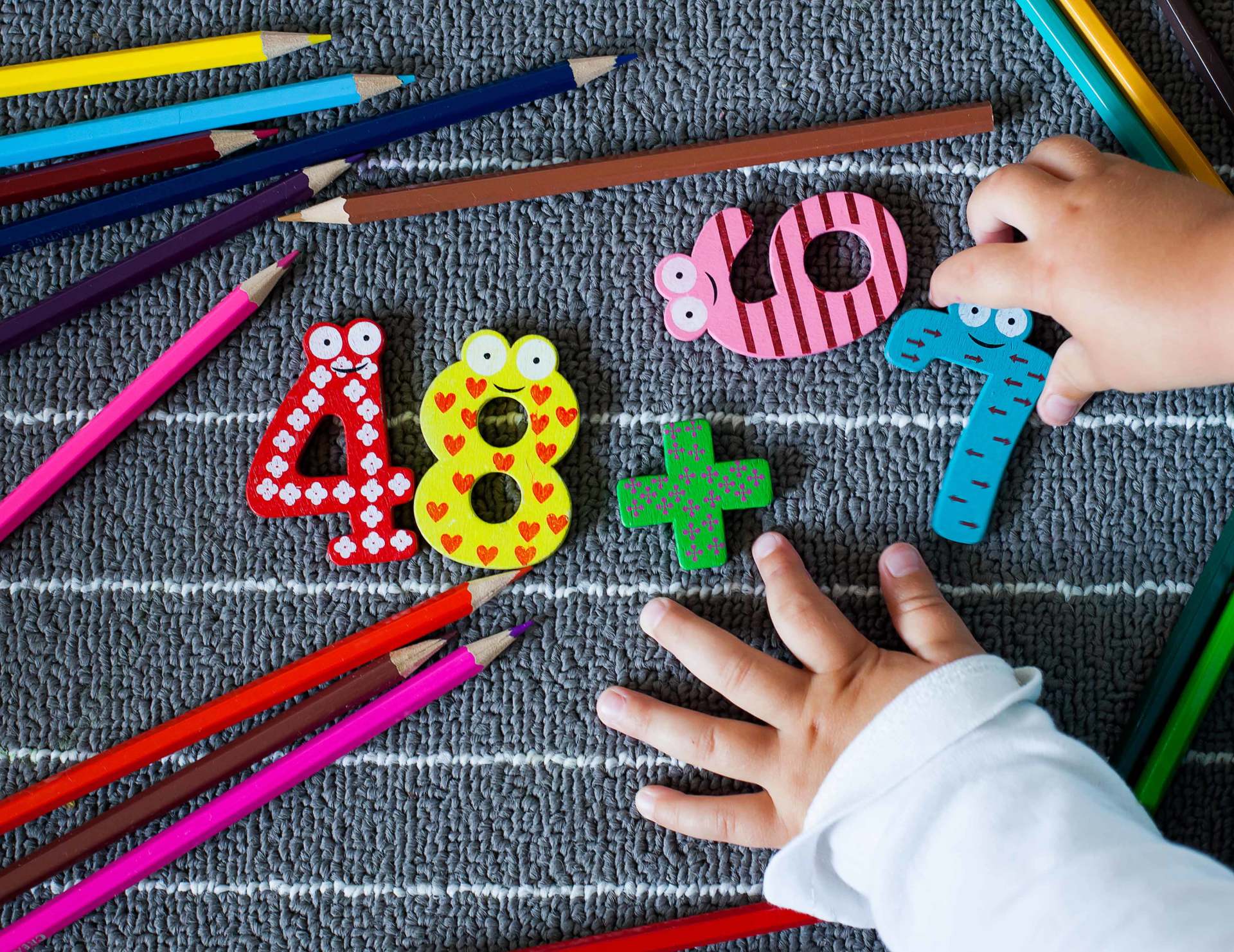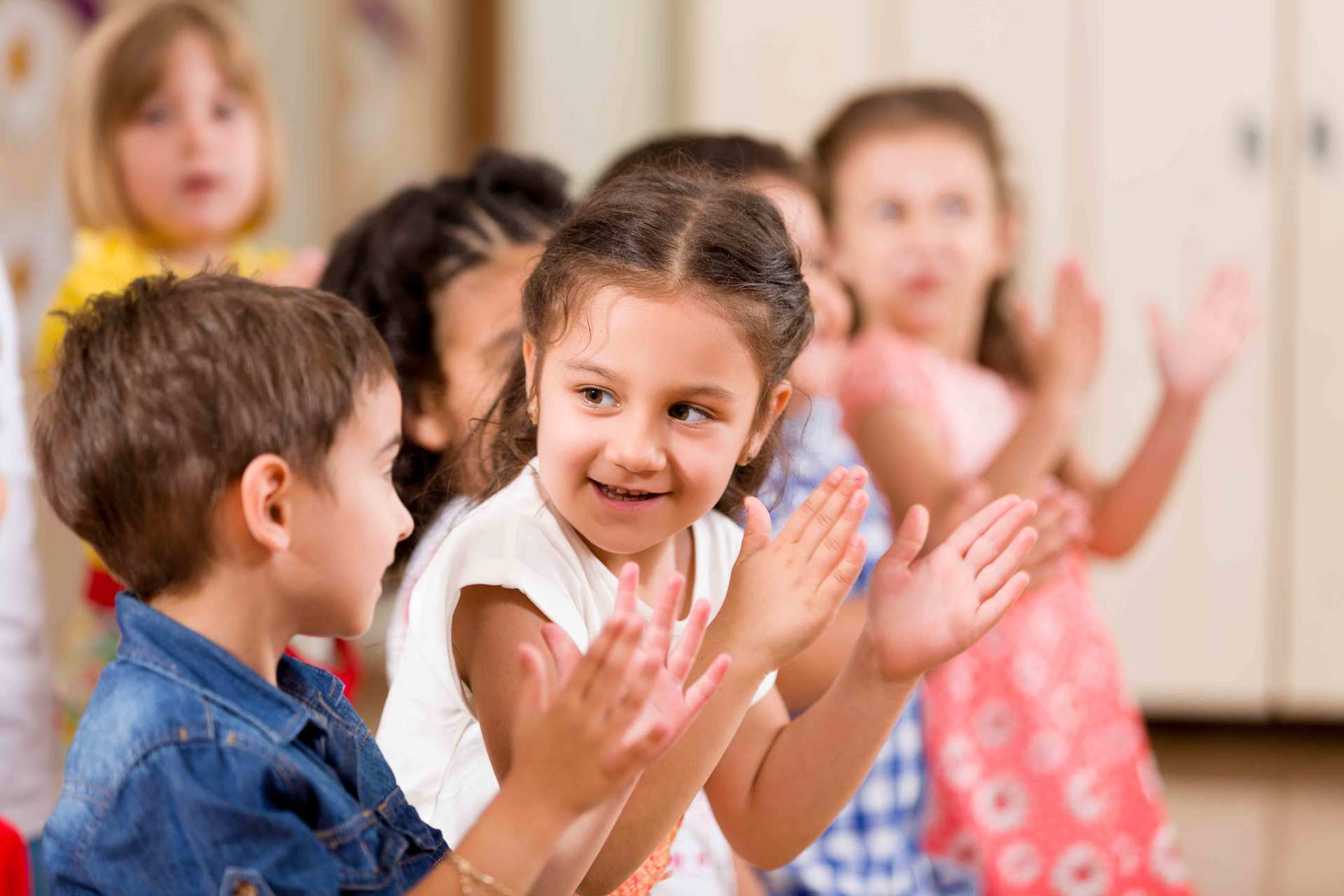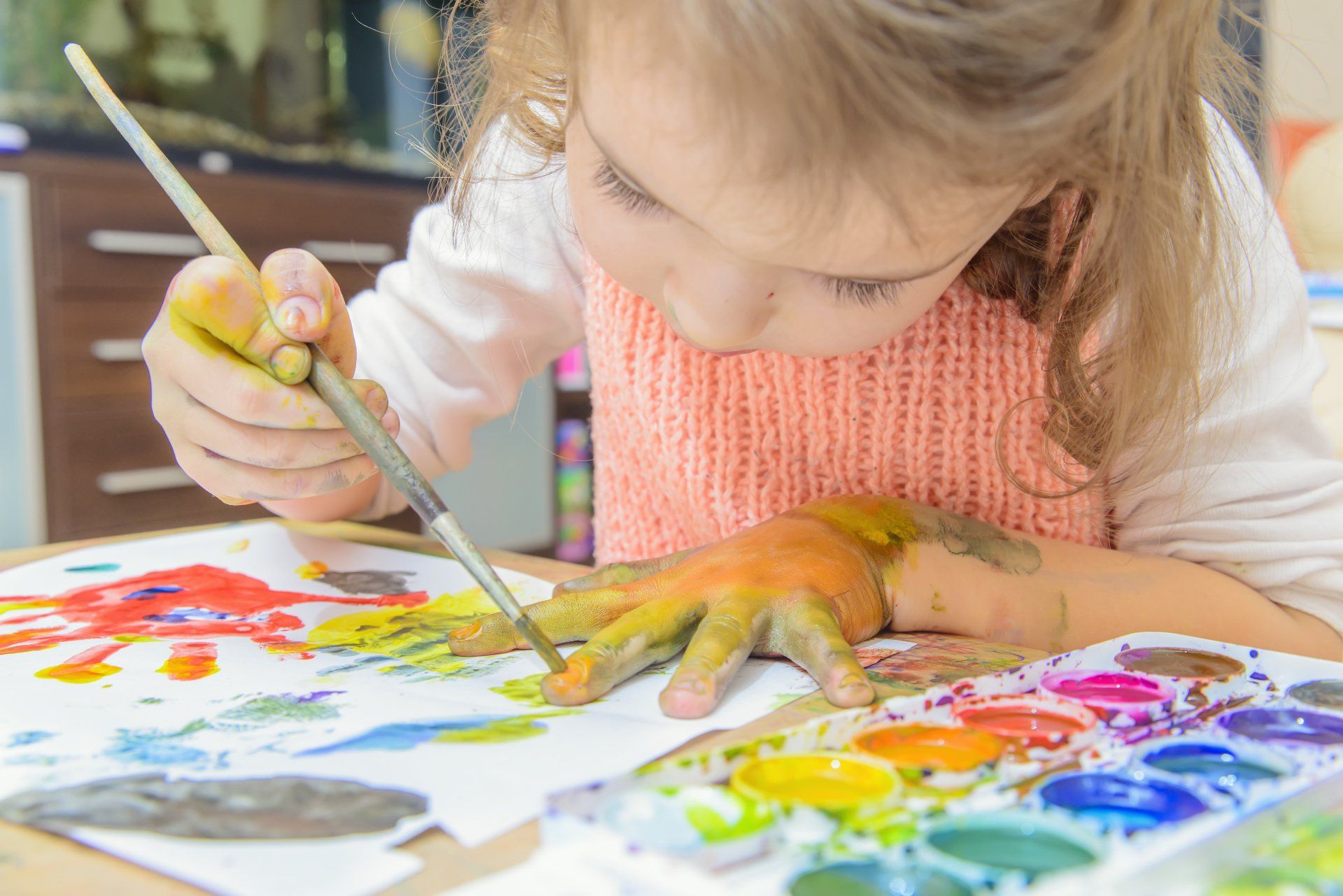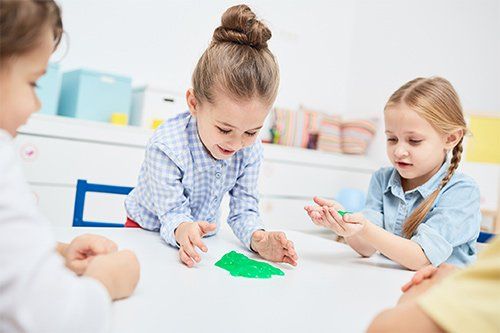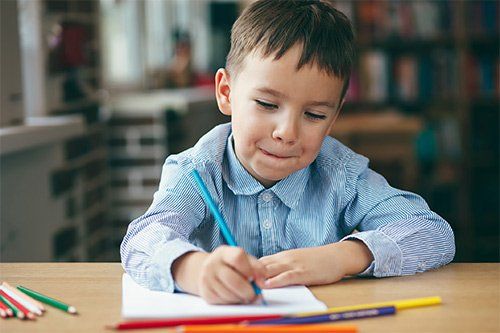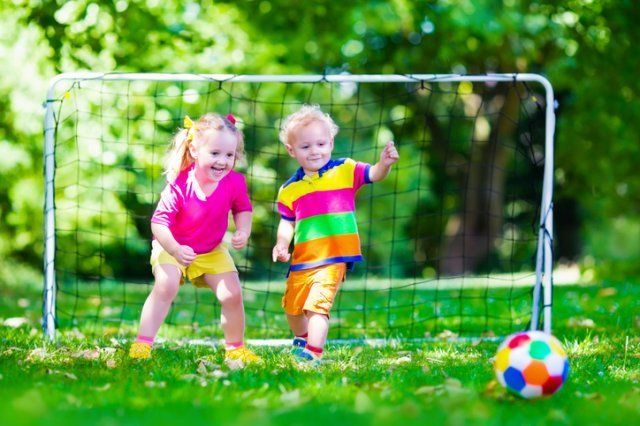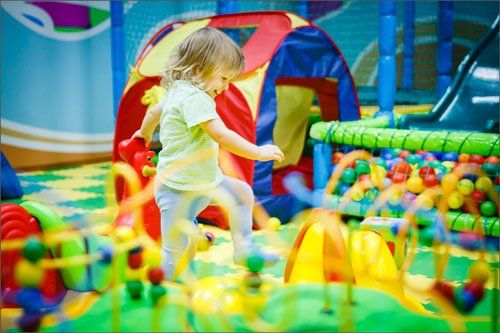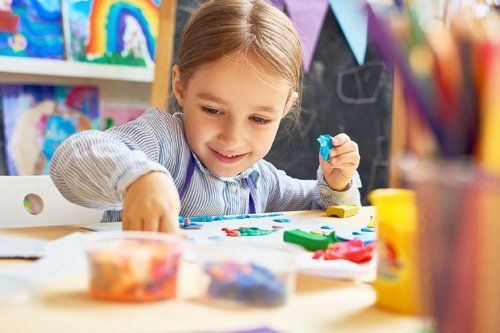Building Early Literacy Skills at Home: What Parents Can Do
- By Admin
- •
- 19 Apr, 2018
- •

The first few years of life are key when it comes to developing reading and writing skills. Even though your toddler or preschooler isn't ready to read on their own, write in sentences or tell epically long tales, they can start building the basics.
Along with the early literacy lessons your child is learning during their school day, you can also help out at home. Providing your toddler or preschooler with plenty of reading and writing-based educational opportunities after the daycare day ends can reinforce classroom activities. At-home literacy lessons and activities also add to your child's growing body of knowledge and help them to develop the skills they'll need when they're ready to start kindergarten.
What can you do after the preschool day ends to help your child build literacy abilities? Take a look at these easy at-home ideas that will get your child reading and writing.
Eye Spy
There are words all around us. From the name on the box of cereal your child eats from during breakfast to the street sign they see on their way home from preschool, your child sees words in print everywhere. Take advantage of this environmental print and use it to help your child learn about letters and words.
As you go through your day at home (or outside in the community) point of letters in the environment. Ask your child to name familiar letters and introduce them to new ones. Make the letter sound and say the name of the word. You might just get a surprise when your tot starts pointing to a sign or a product and says the letters or the word's name.
Take this activity up a notch, getting playful with a game of Eye Spy." Spy letters and ask your child to find them around the house, during a shopping trip, at the dentist's office or anywhere else you travel to.
Scribble Art
Those seemingly random scribbles and scratches your child makes with their crayons are actually helping them to learn how to write. Even though your child may not have the fine motor ability to write their fullyformed A, B, C's, they can begin making marks. The more that your child practices writing, the more comfortable they'll feel with it.
Keep in mind; it's common for young children to make what look like scribbles (to adults) and name them as letters, words or objects. This doesn't mean that your child will always think an A looks like a slanted zigzag with a curve through it. As your child develops their fine motor and cognitive (intellectual abilities) skills, they'll refine what they're writing.
For now, give your child plenty of opportunities to write. Provide them with several different writing tools, such as thick and thin crayons, markers, and colored pencils.
Name Game
Add to the print that's already in the environment with your own word labels. Pick easy to spell objects, write the words out onto thick card stock paper and tape or attach the labels to the items.
Label objects your child uses often, such as bin (for the toy bin) or art (for their art supply box. Every time your child reaches for the item or uses it, point out the name and say it for your child. Have them parrot you, repeating the name as they point to it.
Story Time
Set up a daily story-time with your child. Find a comfy place to read or make your own book nook with large fluffy pillow and a child-sized bookshelf.
Ask your child to pick a book and read it together - interactively. Invite your child to point to the pictures as you read the words, ask open-ended questions (questions that don't have a yes or no answer) and have your child predict what will happen next in the story.
Toddlers and preschoolers are developing and building new skills every day. The caring staff at Riviera Children's Center can help your child to learn and grow in a nurturing environment.
Sending your child to preschool can be exciting for you and your little one. Learn how you can use after-school activities to support their education.
